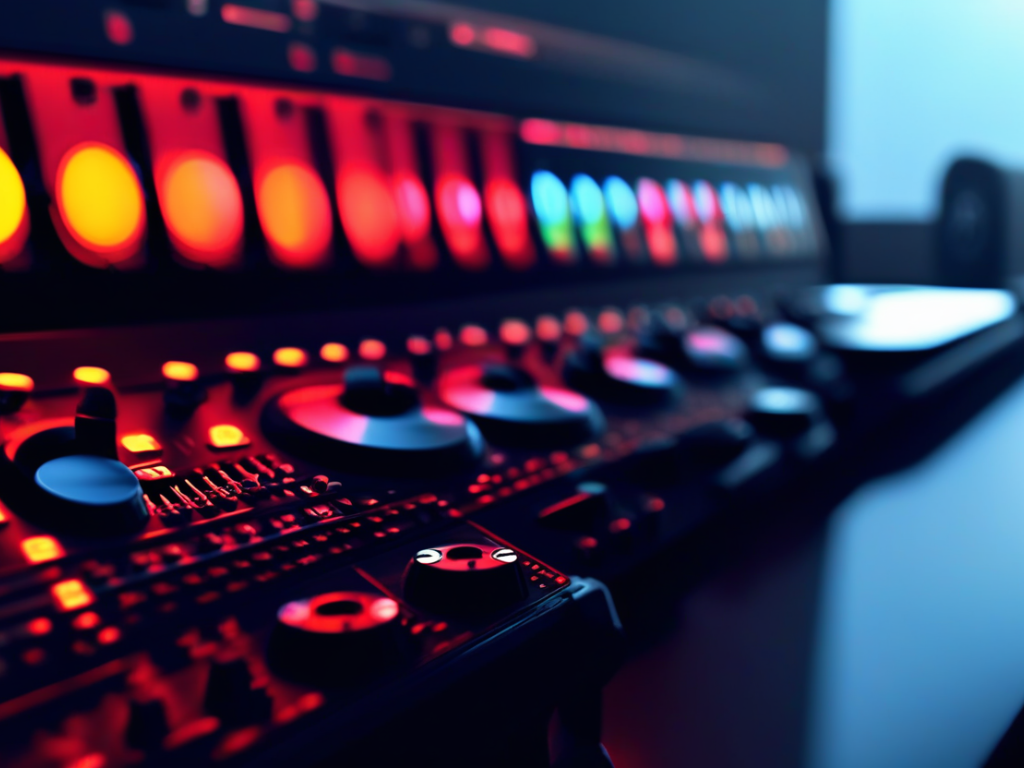In the world of music playback, high-resolution audio has become the holy grail for audiophiles seeking the utmost fidelity and clarity in their listening experience. As technology advances, so do the capabilities of our music players, allowing for an ever-improving standard of audio quality. Understanding how to make the most of high-resolution audio on your music player is key to unlocking its full potential. In this comprehensive guide, we’ll delve into the ins and outs of high-resolution audio playback, covering everything from file formats and playback devices to tips for optimizing your listening experience.
In this article you will find:
- What is High-Resolution Audio?
- Choosing the Right Music Player
- Optimizing Your Setup
- Managing High-Resolution Audio Files
- Listening Tips and Best Practices
- Conclusion
What is High-Resolution Audio?
High-resolution audio refers to music files that retain more detail and nuance than standard, compressed audio formats like MP3. These files capture a wider range of frequencies and dynamic levels, resulting in a more faithful reproduction of the original recording. Common high-resolution audio formats include FLAC, ALAC, WAV, and DSD, each offering varying levels of audio quality.
Choosing the Right Music Player
When it comes to high-resolution audio playback, not all music players are created equal. Look for a player that supports a wide range of high-resolution audio formats and has a high-quality digital-to-analog converter (DAC) to ensure accurate sound reproduction. Popular music players like the Sony NW-A105, Astell&Kern A&norma SR25, and Fiio M11 Pro are known for their exceptional audio quality and support for high-res audio files.

Optimizing Your Setup
To get the most out of your high-resolution audio files, consider pairing your music player with a high-quality pair of headphones or an external amplifier. This can help enhance the clarity, detail, and spatial imaging of your music. Additionally, investing in a dedicated digital audio player (DAP) or a portable headphone amplifier can further elevate your listening experience, especially when on the go.
Managing High-Resolution Audio Files
Organizing and managing your high-resolution audio library is crucial for seamless playback. Use music management software like JRiver Media Center, Foobar2000, or Audirvana to keep your files neatly organized and easily accessible. Be mindful of file formats and ensure that your music player is compatible with the specific format of your high-resolution audio files to prevent any playback issues.
Listening Tips and Best Practices
When listening to high-resolution audio, create a distraction-free environment to fully immerse yourself in the music. Experiment with different audio settings on your music player, such as upsampling and digital filters, to tailor the sound to your preferences. Consider using lossless streaming services like Tidal or Qobuz for access to a vast library of high-resolution audio tracks.
Conclusion
Embarking on the journey of high-resolution audio playback can significantly enhance your listening experience, allowing you to rediscover your favorite songs with newfound clarity and depth. By choosing the right music player, optimizing your setup, managing your audio files effectively, and implementing best listening practices, you can experience music in a way that truly resonates with the artist’s original intent. Embrace the world of high-resolution audio and let your music player be the gateway to a sonic adventure like no other.

